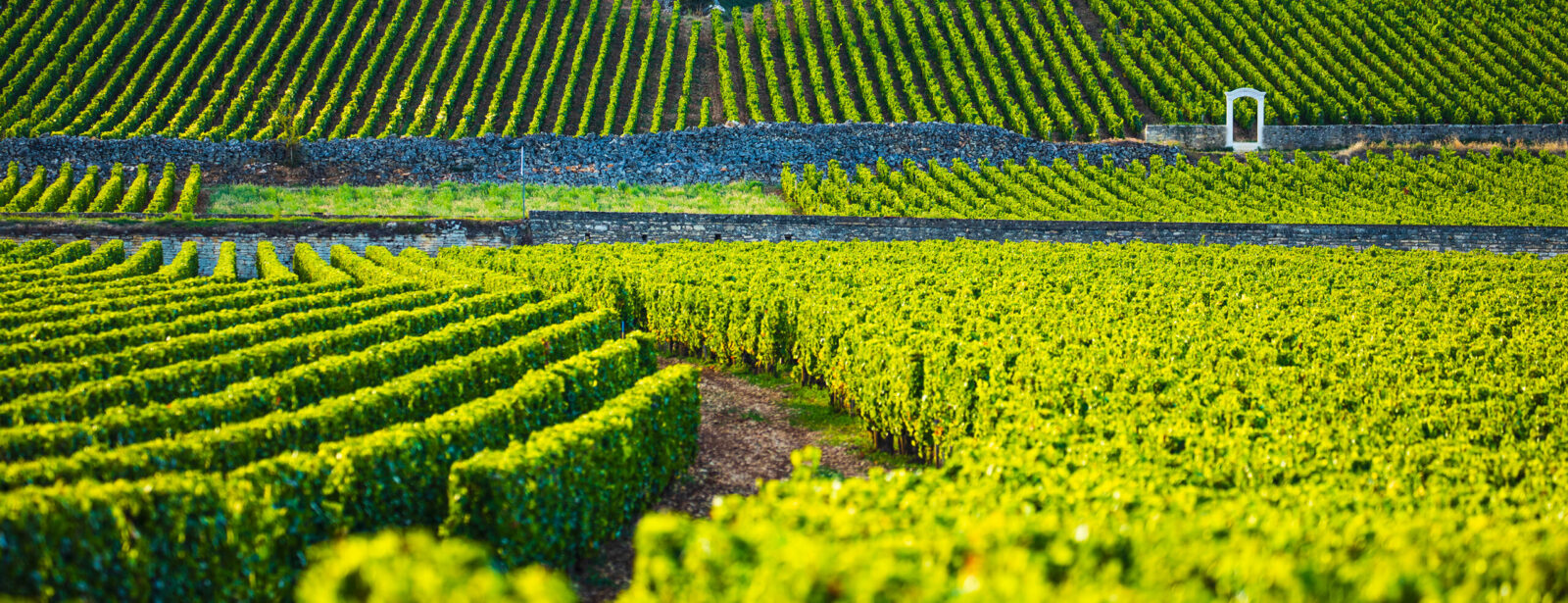Bâtard-Montrachet
Grand Cru


The season begins with a mild and dry winter, leading to an early start to the growing cycle. A significant episode of frost occurred on the Chardonnay on April 5 then on the Pinot Noir on April 14, causing a harvest loss (30% to 50%). A cooling at the beginning of June leads to capricious flowering. This causes runoff and further reduces yields while concentrating the aromas. The hot summer induces water stress in certain places which delays the maturity of the grapes. Because the berries are small and few number, the sugar level in the grapes is naturally high but the lack of water helped maintain good acidity.
Vineyard
Blending of vineyards located on the villages of Puligny-Montrachet and Chassagne-Montrachet.
Wine-Growing method : sustainable
Harvest: 100 % manual
Sol : Calcareous clay



Vinification
100% Chardonnay
At their arrival in our cellar, the grapes are immediately and carefully pressed with a pneumatic press .
100% crushed grapes
18 months (whose 5 months in stainless steel tank)
100 % oak barrels (whose 30% of new oak)
14,5% vol.
Tasting
Tasting note
Wine of powerful and generous character. The nose has notes of lemon but also notes of butter and vanilla . The palate is fairly tensed with acidity. The wine is fat with maturity and fills the mouth with flavor. It needs time to be tasted in its peak. It may deserve to be placed in carafe two hours before.
Food pairings
Perfect with Bresse fattened chicken with a creamy morel sauce.

temperature
12-14°C

2024-2029
